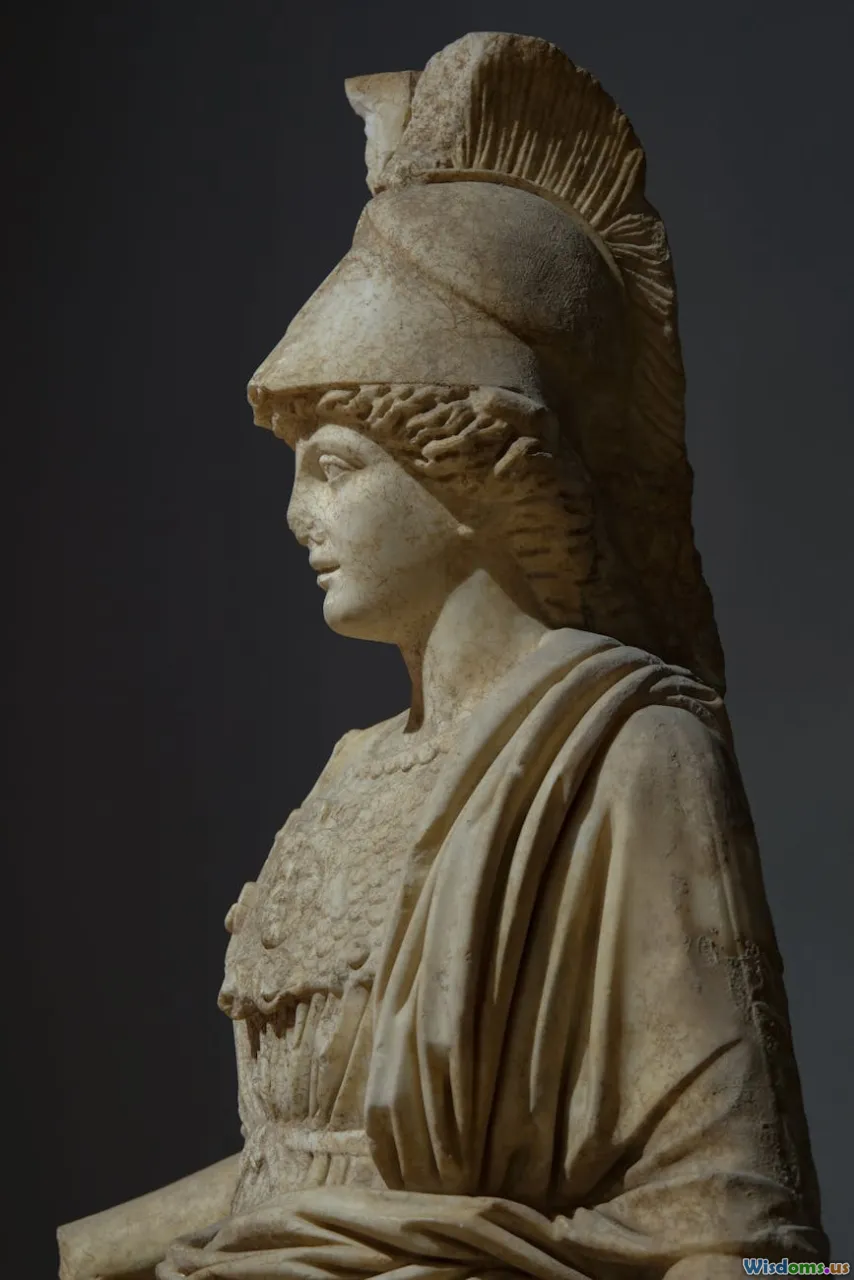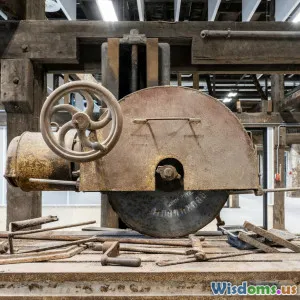
Rare Archaeological Finds That Changed Our View of Ancient Greece
7 min read Explore rare archaeological discoveries that reshaped our understanding of Ancient Greece’s history, culture, and society. (0 Reviews)
Rare Archaeological Finds That Changed Our View of Ancient Greece
Ancient Greece has long fascinated scholars and enthusiasts alike with its profound contributions to philosophy, art, and democracy. While classical literature, sculptures, and temple ruins have provided invaluable insights, recent rare archaeological discoveries have markedly shifted our understanding, challenging established narratives about this ancient civilization. From intricate early technologies to overlooked cultural diversity, these finds compel us to rethink the scope and complexity of the Greek world.
The Antikythera Mechanism: A Technological Marvel Ahead of Its Time
Discovered in 1901 within a shipwreck off the coast of the Greek island Antikythera, this bronze artifact baffled experts for decades. Often dubbed the world's first analog computer, the Antikythera Mechanism’s sophisticated system of gears could predict astronomical positions and eclipses, calibrate calendars, and track celestial cycles.
For years, experts assumed such complexities were primarily a product of the modern era. According to Michael Wright, a leading researcher, the device “demonstrates an astonishing level of mechanical technology that science hadn’t credited to the Ancient Greeks.”
This discovery shifts our understanding of ancient Greek ingenuity, showing that technological innovation extended beyond philosophical thought and architecture into highly advanced mechanical engineering several centuries before the Common Era.
Forgotten Gnostic Codices: Revealing the Spiritual Diversity
Unearthed in the 20th century near the Nag Hammadi region but linked closely with Greek-speaking communities, the Gnostic codices expose a wealth of religious diversity in late antiquity. These ancient manuscripts contain previously unknown Christian gnostic texts, written in Greek and other languages, revealing beliefs that deviated significantly from mainstream early Christian doctrines.
Archaeologist Elaine Pagels has emphasized that such manuscripts “force us to reconsider the religious landscape of the ancient Mediterranean as much more pluralistic and dynamic.” The presence of such codices challenges the common perception of homogenous religious practice in ancient Greece and highlights the coexistence of diverse spiritual traditions.
The Griffin Warrior Tomb: Insights into Minoan-Mycenaean Interactions
In 2015, the discovery of the Griffin Warrior Tomb near Pylos, dating back to approximately 1500 BCE, stunned archaeologists with its wealth of artifacts and unprecedented preservation. The tomb’s contents, including gold rings, intricately carved ivory weapons, and Linear B tablets, offer early clues on Mycenaean relationships with Minoan Crete. This find challenges the previous assumption that these cultures operated in isolation.
The artifacts suggest a fusion of iconography and cultural elements: representations of mythical griffins alongside Minoan stylistic motifs. Archaeologist Jack Davis noted that "The Griffin Warrior Tomb reveals a level of sophistication and interconnectedness that was far more advanced than previously believed for the early Mycenaean era."
This find reshapes the understanding of political alliances, trade networks, and cultural exchanges within Bronze Age Greece, expanding the historical narrative beyond stagnant geographic boundaries.
The Ancient Greek Subterranean City of Nea Nikomedeia
Excavated in Northern Greece, the Neolithic site of Nea Nikomedeia, dating as far back as 6200 BCE, presents one of the earliest examples of planned settlements in Europe. Its discovery contradicts earlier models that suggested no complex urban life before the classical periods.
Through extensive archaeological work, it became clear that inhabitants constructed structured houses, storage facilities, and fortifications, implying advanced social organization far earlier than anticipated.
This find rewrites the timeline of urban development in Greece, illustrating that proto-urban centers existed alongside nascent agricultural practices well before the Mycenaean and classical eras.
The Thermal Springs and Health Rituals: A Window into Ancient Greek Medicine
Archaeological unearthed inscriptions and healing sanctuaries dedicated to goddesses like Hygieia, notably near thermal springs such as those at Epidaurus, have revealed previously underestimated medical practices in Ancient Greece. These sanctuaries functioned both as spiritual healing centers and rudimentary hospitals.
The Inscriptions document treatments, prayers, and rituals connecting early Greek medicine with religious devotion, demonstrating a sophisticated understanding of health intertwined with spirituality. Historians now appreciate that Greek medical knowledge was deeply connected with social and religious structures rather than purely empirical approaches.
Conclusion: Rethinking Ancient Greece with Every Discovery
These rare archaeological finds prove that our historical and cultural comprehension of Ancient Greece is far from fixed; it continues to evolve with each new unearthing. From the world’s first mechanical computer to complex burial rituals, diverse religious beliefs, proto-urban settlements, and medical sanctuaries, these revelations enrich the tapestry of ancient Greek life.
By continuously integrating these discoveries, scholars and enthusiasts are encouraged to challenge simplified views, embrace complexity, and appreciate Ancient Greece not just as the birthplace of Western civilization but as an intricate mosaic shaped by diverse influences and remarkable innovations.
As archaeology advances, one thing remains certain: Ancient Greece still holds secrets that can forever change—and deepen—our understanding of the past.
References
- Wright, Michael T. (2006). “The Antikythera Mechanism: Renaissance or Greek Original?” Scientific American.
- Pagels, Elaine. (2003). The Gnostic Gospels. Random House.
- Davis, Jack L. (2017). “The Griffin Warrior Tomb and Mycenaean Artifacts.” American Journal of Archaeology.
- Renfrew, Colin, et al. (2012). The Emergence of Civilisation. Princeton University Press.
- Powell, Anton. (2017). The Sanctuary of Asklepios at Epidaurus. Oxford University Press.
Feel free to delve further into each discovery for a comprehensive understanding of Ancient Greece as a dynamic civilization full of unexpected surprises and profound achievements.
Rate the Post
User Reviews
Popular Posts

















